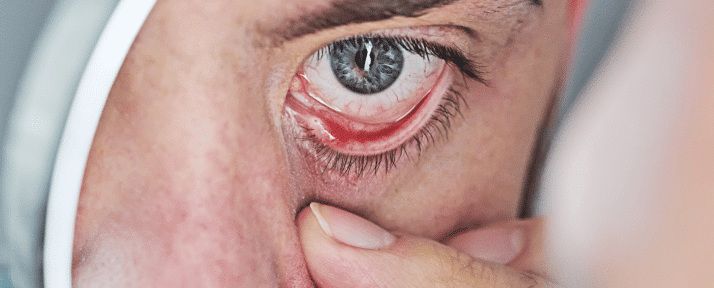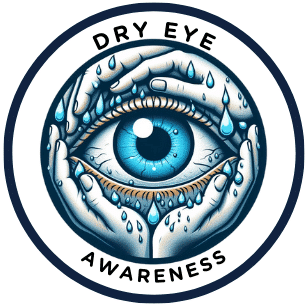
Dry eyes can significantly impact your ocular health and quality of life. Proper diagnosis is essential to manage and treat this condition effectively. In this article, we will explain how to diagnose dry eyes by exploring the commonly used diagnostic tests employed by eye doctors. Understanding these tests will enable you to seek appropriate treatment and find relief from dry eye symptoms.
Recognizing Symptoms
Before delving into diagnostic tests, it is crucial to familiarize yourself with the symptoms commonly associated with dry eyes, including:
a) Gritty or sandy sensation
b) Itching or burning
c) Redness and irritation
d) Blurred vision, especially during extended periods of reading or computer use
e) Light sensitivity
f) Excessive tearing due to compensatory mechanisms
Medical History Assessment
During your visit to your eye doctor, they will begin by reviewing your medical history. This step helps identify potential underlying causes or risk factors associated with dry eyes. Conditions such as rheumatoid arthritis, Sjögren’s syndrome, diabetes, certain medications, and environmental factors can contribute to dry eyes.
External Examination
Your eye doctor will conduct an external examination to assess the external structures of your eyes. This examination helps rule out other eye conditions that may share similar symptoms with dry eyes. They will look for inflammation, eyelid irregularities, or any visible abnormalities.
Tear Production Assessment
To determine the quantity and quality of tears your eyes produce, your eye doctor may utilize the following tests:
a) Schirmer Test: This test involves placing a small filter paper strip inside your lower eyelid to measure tear production over a specific period. Your eye doctor can determine tear quantity by evaluating the amount of tears absorbed by the paper strips.
b) Tear Break-Up Time (TBUT): In this test, your eye doctor will apply a specialized dye to the surface of your eye. Your eye doctor can assess tear stability and quality by observing how quickly the dye breaks up or spreads.
c) Phenol Red Thread Test: This test employs a thread impregnated with a pH indicator on the lower eyelid. The thread changes color based on the amount of tears absorbed, providing information about tear quantity.
Ocular Surface Evaluation
To evaluate the overall health of your ocular surface, your eye doctor may employ advanced diagnostic techniques, including:
a) Fluorescein Staining: A harmless orange dye is applied to your eyes, enabling your eye doctor to examine the surface of your eyes for irregularities or damage. The dye highlights areas of dryness and corneal abrasions or ulcers.
b) Lissamine Green Staining: This test uses a green dye to identify devitalized cells in your conjunctiva, the clear thin tissue covering the sclera, which is the white part of your eyes. The presence of devitalized cells indicates moderate to severe dry eyes.
c) Meibomian Gland Evaluation: Dysfunction of the meibomian glands in the eyelids can contribute to dry eyes. Your eye doctor may examine the glands and assess the quality and quantity of the oil they secrete.
d) Infrared Meibography: This non-invasive imaging technique helps visualize the structure and function of the meibomian glands.
Additional Tests
In complex cases or to gain further insight, your eye doctor may utilize additional tests such as:
a) Tear Osmolarity Test: This test measures the salt content in your tears. Higher osmolarity levels, higher salt levels in your tears, indicate the presence of dry eyes.
b) Inflammadry Test: This test detects elevated levels of matrix metalloproteinase-9 (MMP-9), an inflammatory marker associated with dry eyes.
c) LipiView Interferometer: This device assesses the thickness and integrity of the lipid layer of your tear film, which helps prevent excessive evaporation of tears.
Conclusion
Accurate diagnosis of dry eyes is crucial for effective treatment and management. Through symptom recognition, medical history assessment, external examination, tear production assessment, and ocular surface evaluation, your eye doctor can determine the presence and severity of dry eyes. These diagnostic tests provide valuable insights into tear quantity, tear quality, inflammation levels, and meibomian gland functionality, aiding in developing personalized treatment plans.
Medical Disclaimer
This article should not replace professional advice. Always consult an eye care professional for an accurate diagnosis and appropriate treatment.
